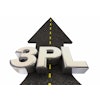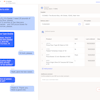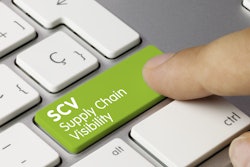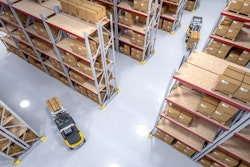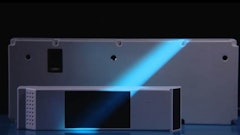
One surprising outcome of the pandemic was the success of challenger brands -- the emerging companies that question the status quo, create new categories and innovate in unexpected ways. But, it can be hard to compete when you’re new to the market, especially in the world of retail. As retail shifts to post-pandemic times, here are five best practices we have seen in action to help challenger brands continue to thrive with access to better data and technology.
Be your own growth hacker
Winning the retail game with limited resources means knowing where to focus growth efforts. For a lean team, prioritization is key -- you want to identify where you have a strong product, market fit and high potential to succeed.
The answers can be found in the data. Heat maps can help brands quickly find the combination of products, regions and retailers where sales are strong. Once you’ve found a hotspot, you can find where to go next -- perhaps a nearby store or a region with a similar demographic (say, near a college campus) that will snap up your product if given the chance. Once you’ve identified these stores, you can present a data-driven case to buyers.
Stretch marketing dollars
Emerging brands know to use their precious marketing spend wisely, and marketing overall has become increasingly ROI-conscious. But, when it comes to marketing that drives in-store retail sales, there’s usually still some guesswork involved. With the right data, brands can better target (and evaluate) ads based on a real-time understanding of inventory for a given retailer, focusing ad dollars on customers who are actually near stores carrying their product. To get the most bang for your buck, try running an ad campaign that geo-targets customers near fully stocked store locations and check sales dashboards to monitor the results.
Acquire lasting customers
Speaking of promotions, with limited resources, it’s important that your promotional programs truly move the needle. Dig into the data to find out which promotions help reach target customers who will actually stick around. For instance, doing a “buy 10 for $10” promotion might make your product fly off shelves in the short-term, but those customers probably won’t come back after the promotion is over. You could instead run a $1 off promotion for three times as long, and build a long-term sales pipeline for a fraction of the spend. The takeaway is, spend smarter, not harder.
Once you’ve identified a great promotion, make sure it goes as smoothly as possible. Monitor inventory levels at each distribution center or retailer, and proactively reach out to your buyer to make sure they’re stocked up.
Ace your next product launch
As a small team, you can pivot and innovate faster than bigger brands -- it’s been a big reason for emerging brands’ growth in market share. Key to this is responding to customer feedback and leveraging data in the product development process. Should you start expanding to a new category, or should you add a third flavor to an existing lineup to create that billboard effect?
Once you’ve launched that product, getting early signals will help you course-correct as needed and identify hotspots where product is a strong fit.
Efficiency is profitability
Strong sales numbers will open doors in retail, but other stakeholders from investors to potential acquisitions will be looking at profitability. Data can help you make sure those new revenue gains aren’t going right back out the door as costs. If buyers haven’t ordered enough, you can be proactive to restock while avoiding short shipping. If there’s too much, cut back so you don’t tie up money in inventory, waste product or end up with chargebacks.
It’s also important to think efficiently about distribution, grouping sales into regions and prioritizing locations that are worth the transportation costs, especially when it comes to cold chain shipping.
Used correctly, advanced data gives challenger brands the insights they need to win over customers and the shelf.

